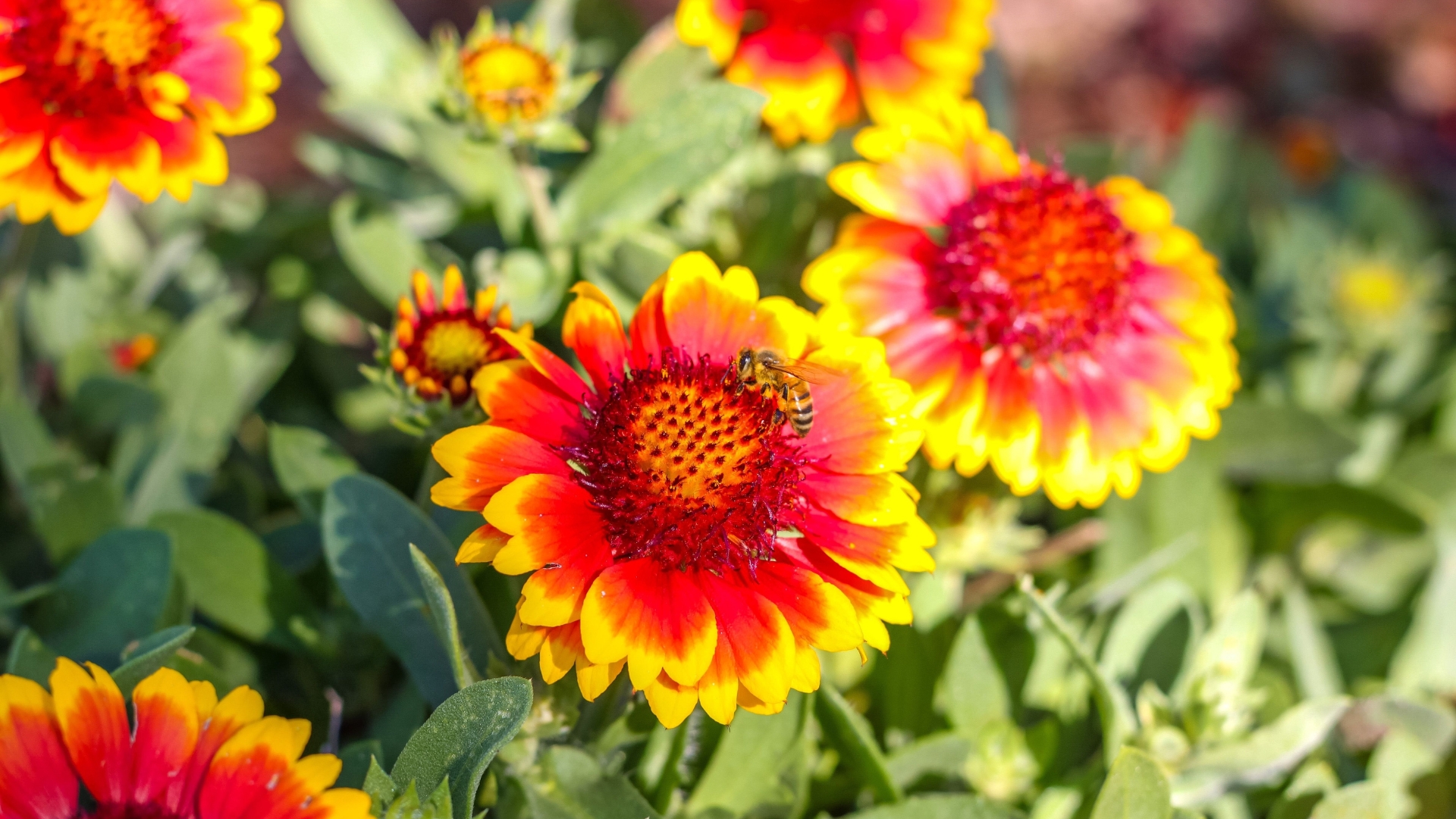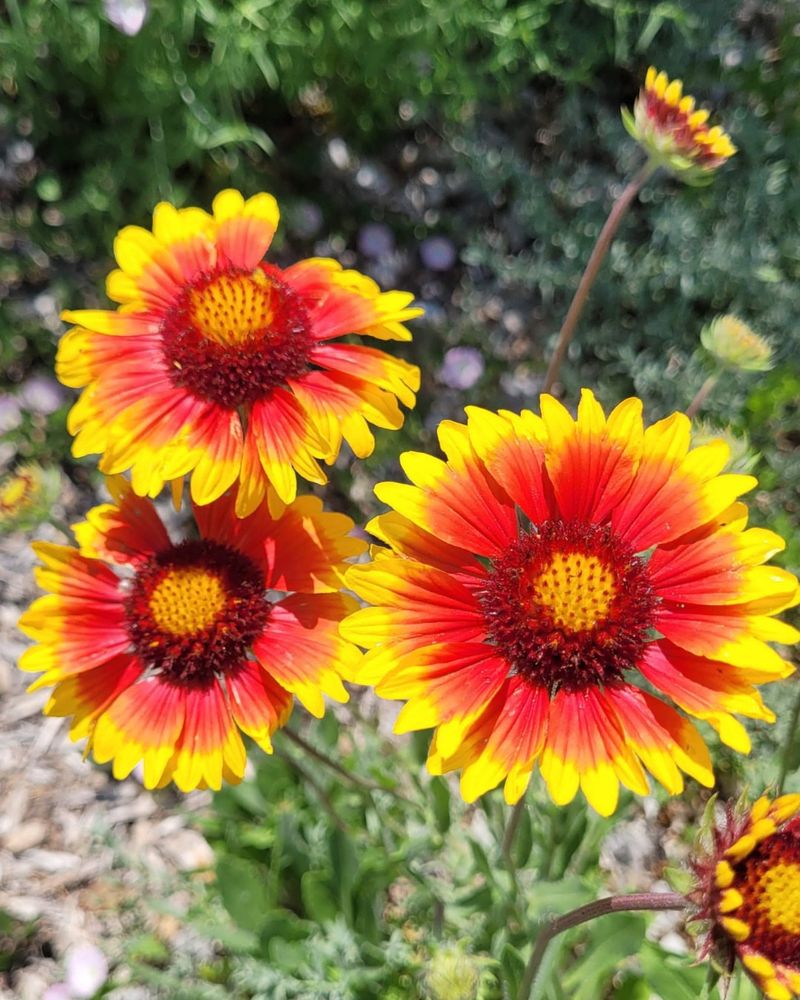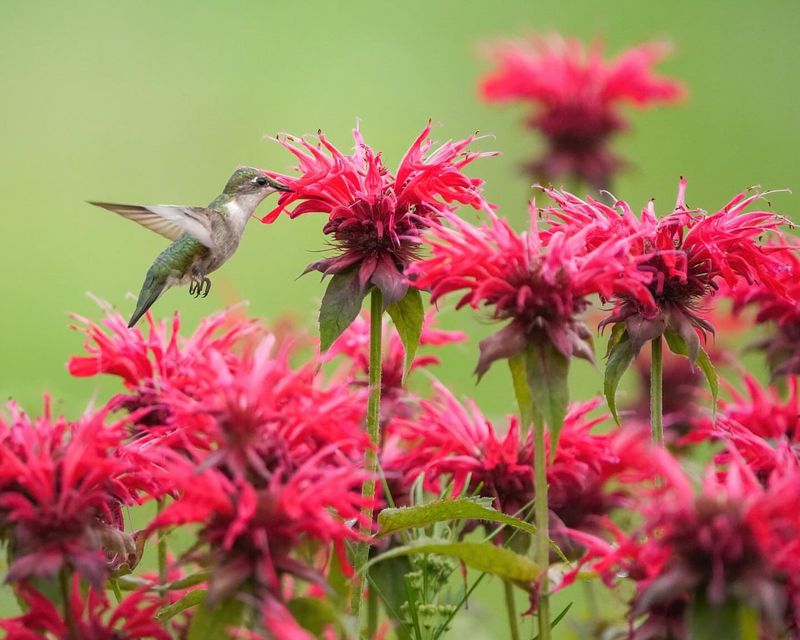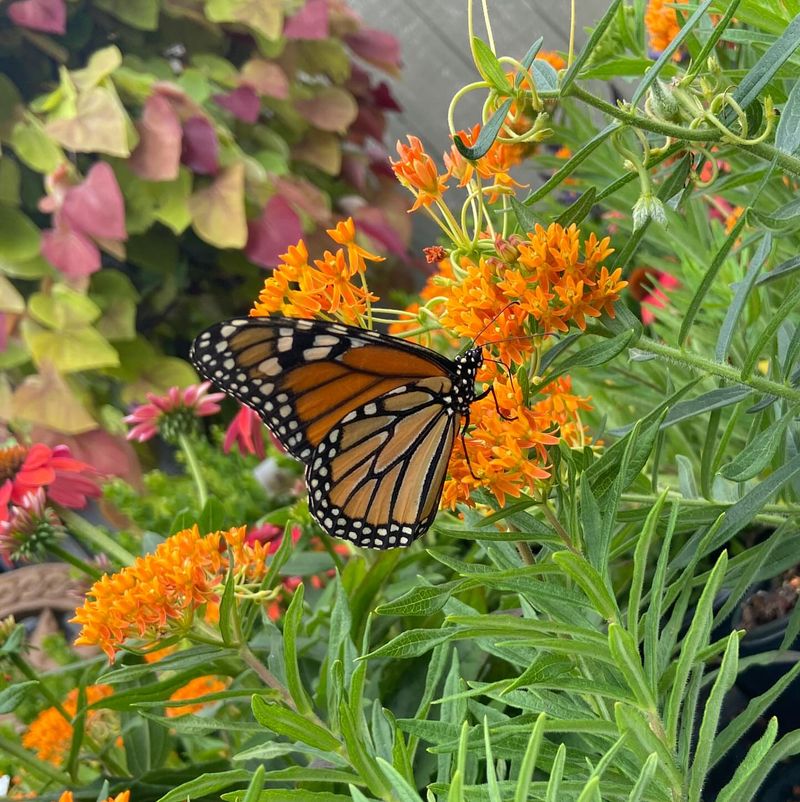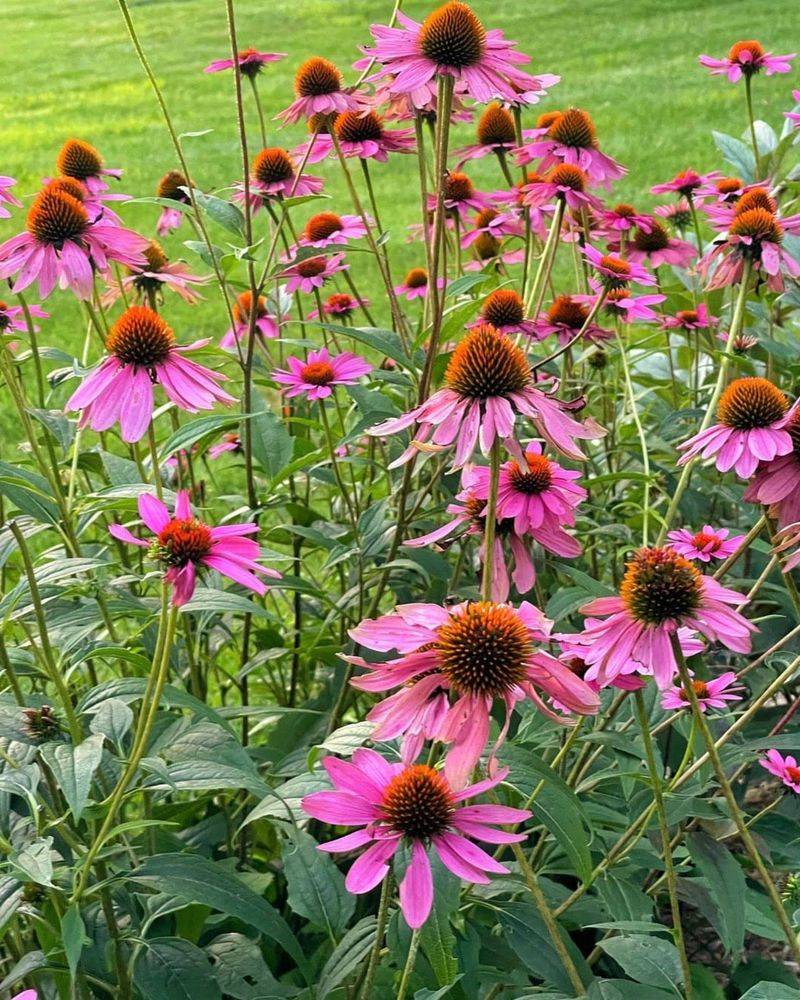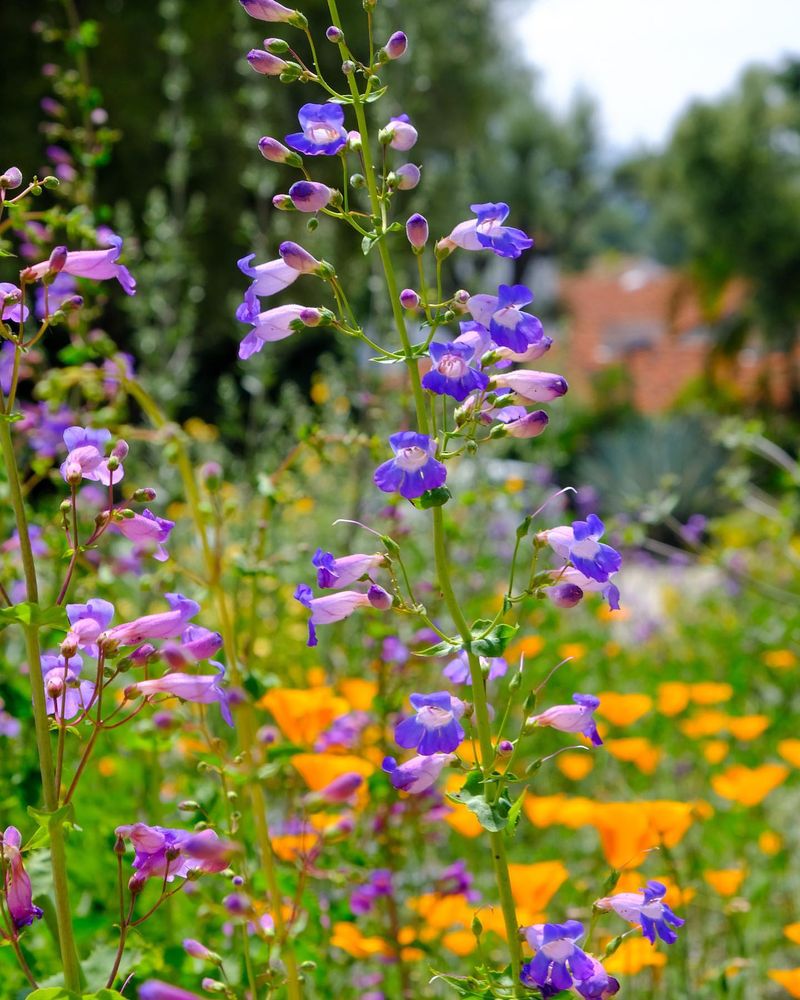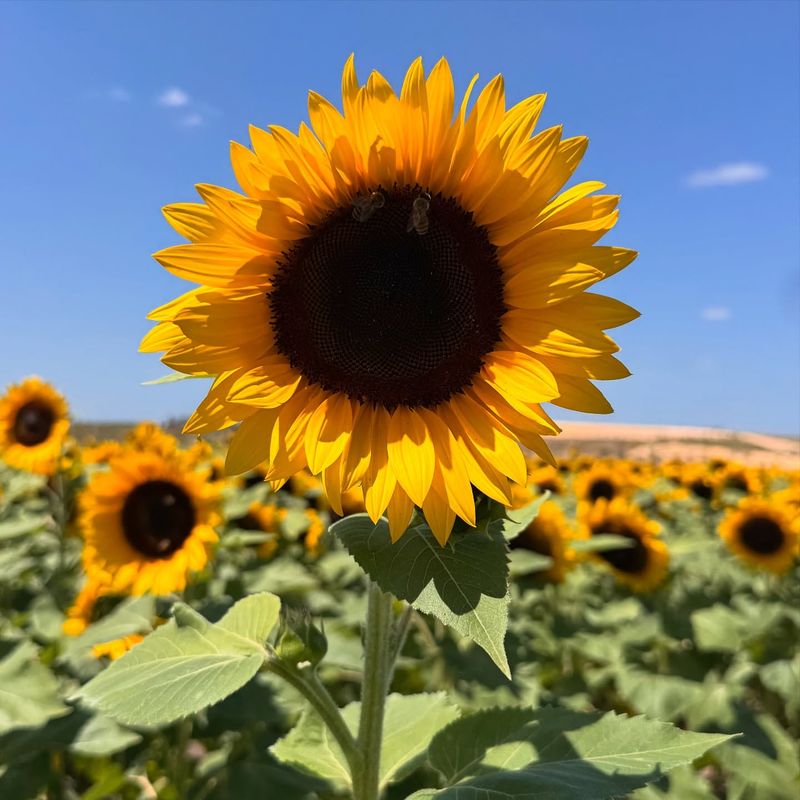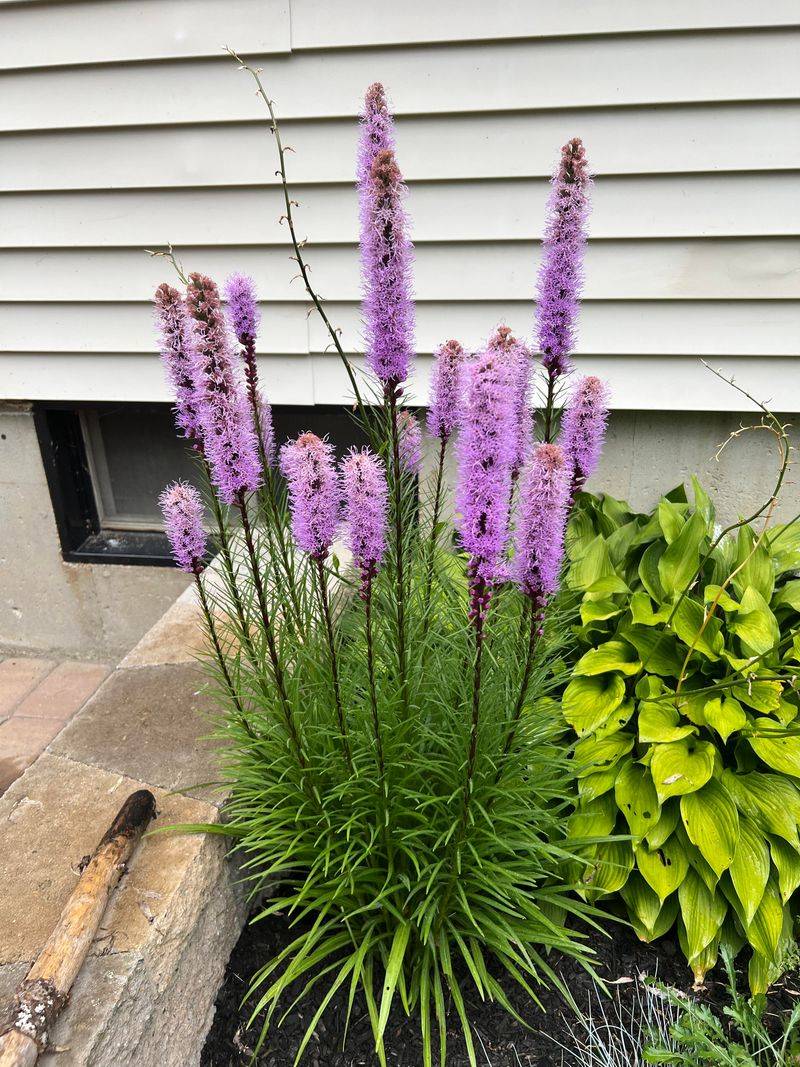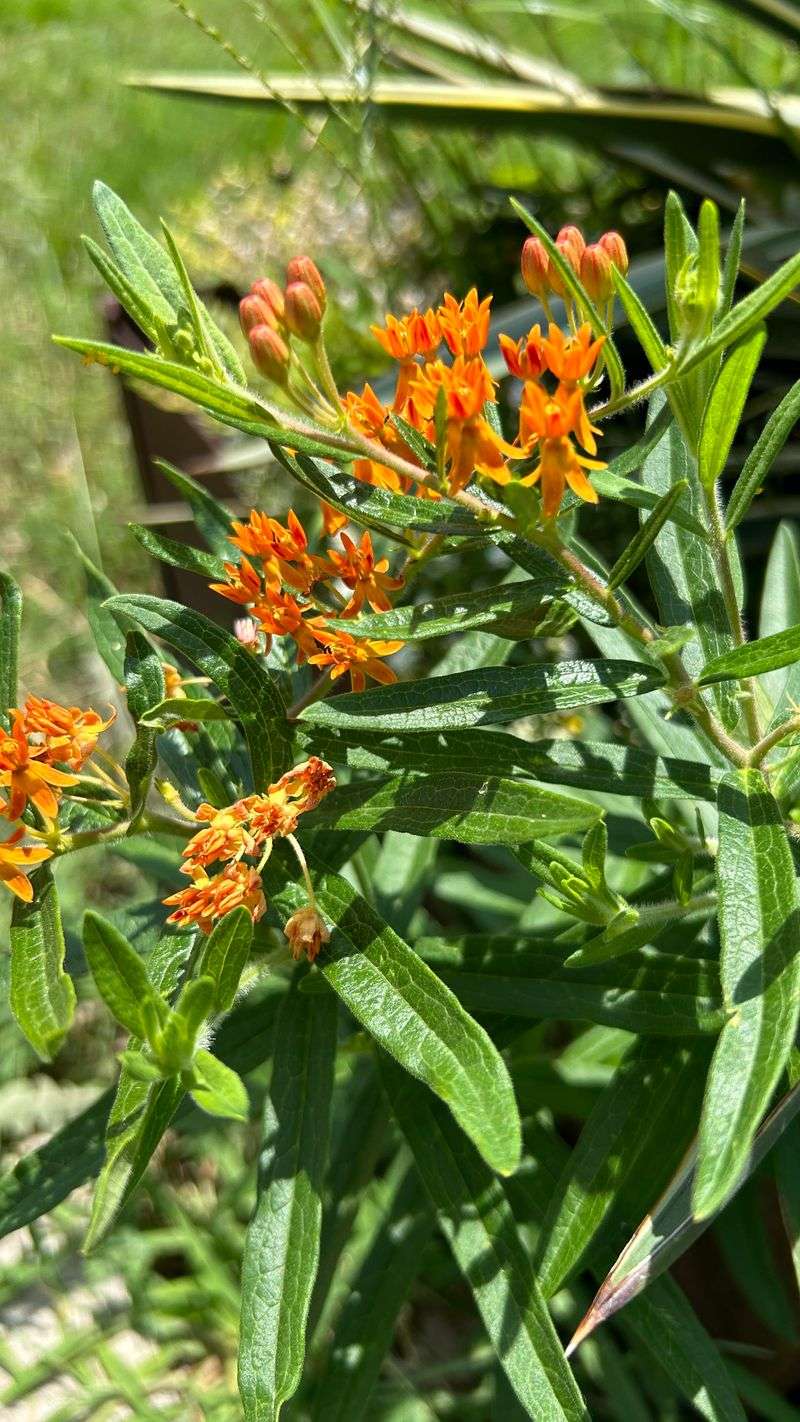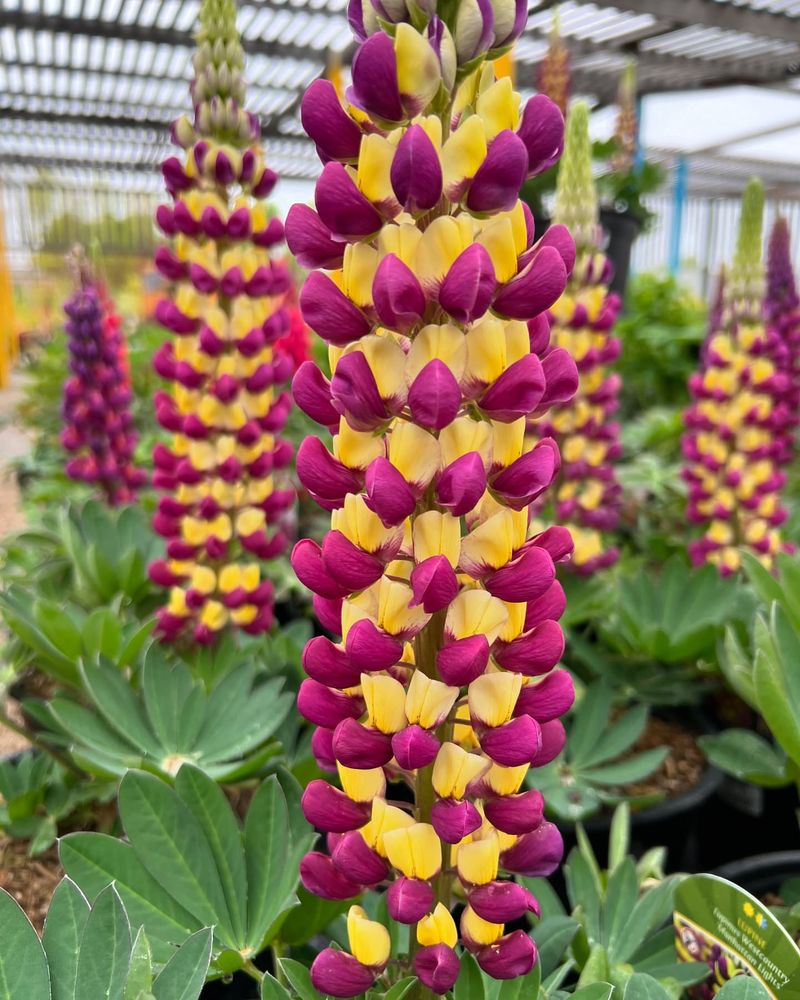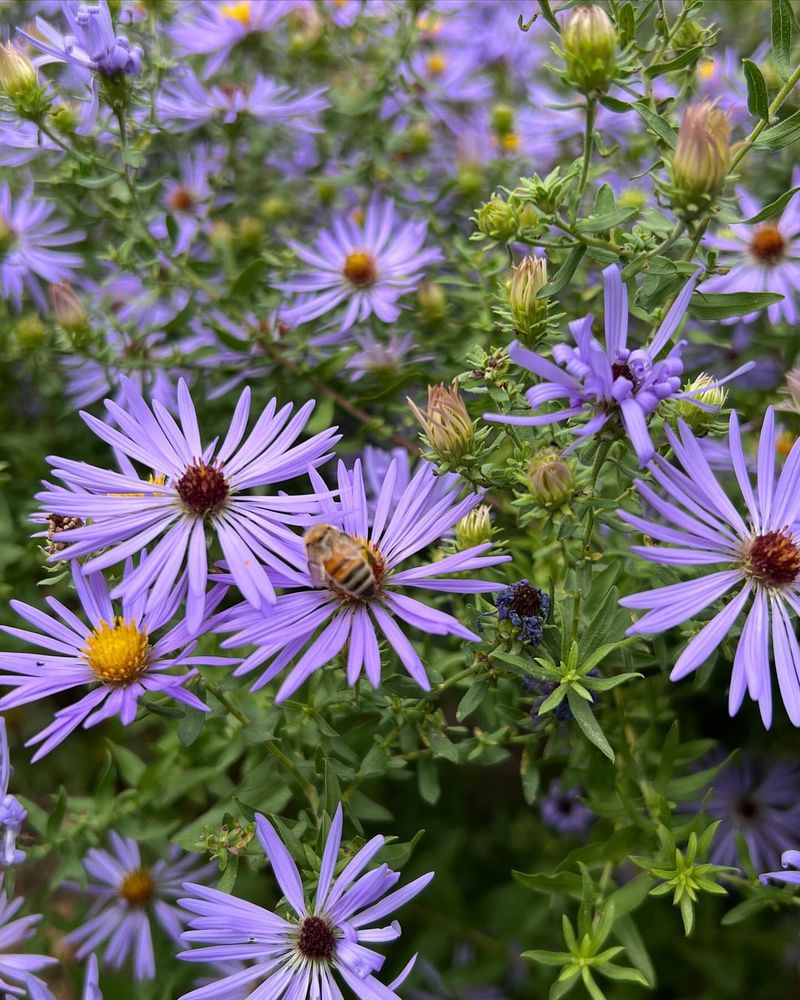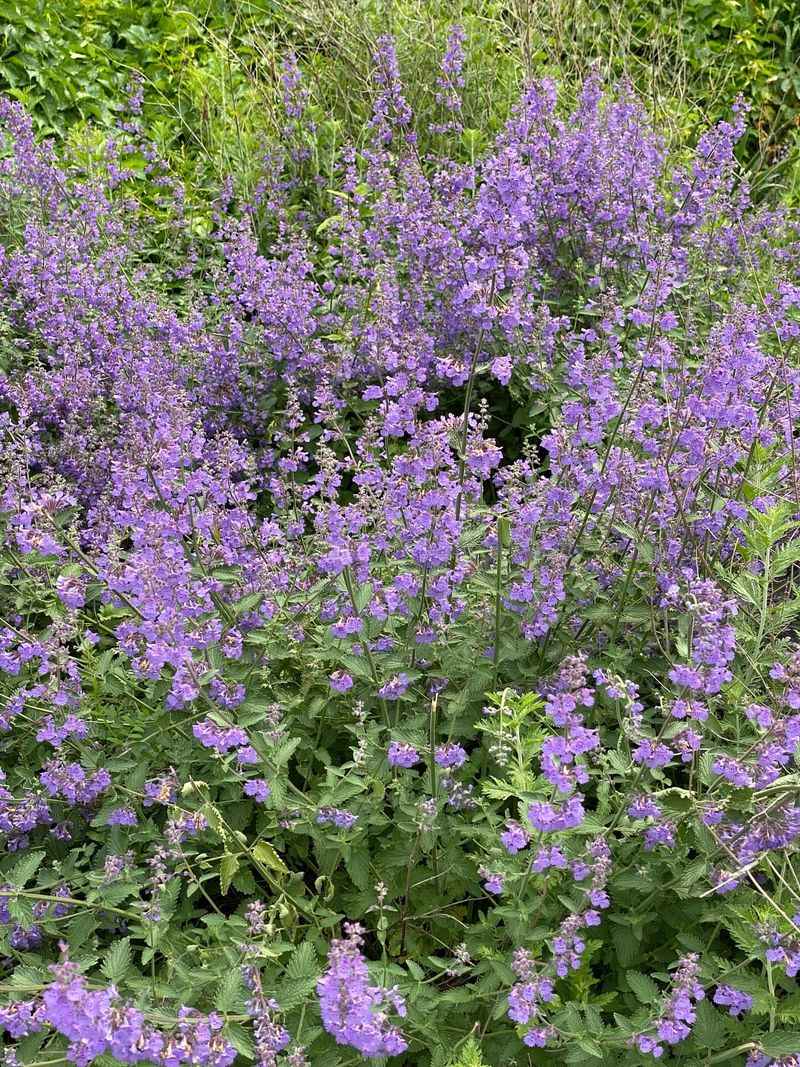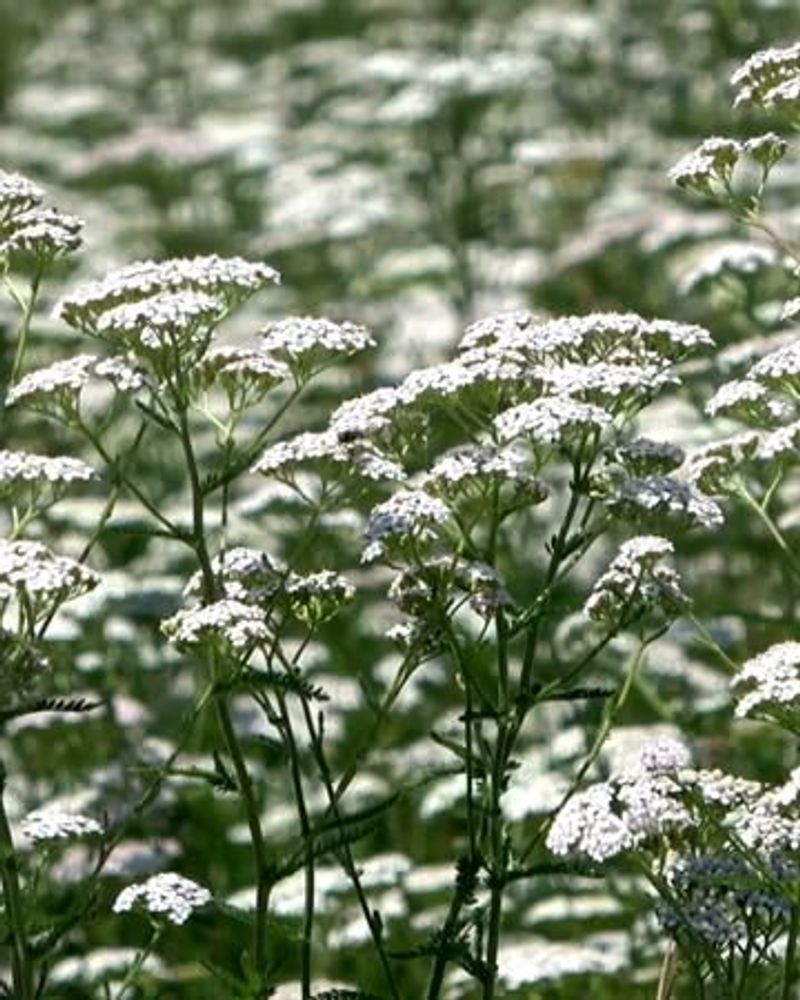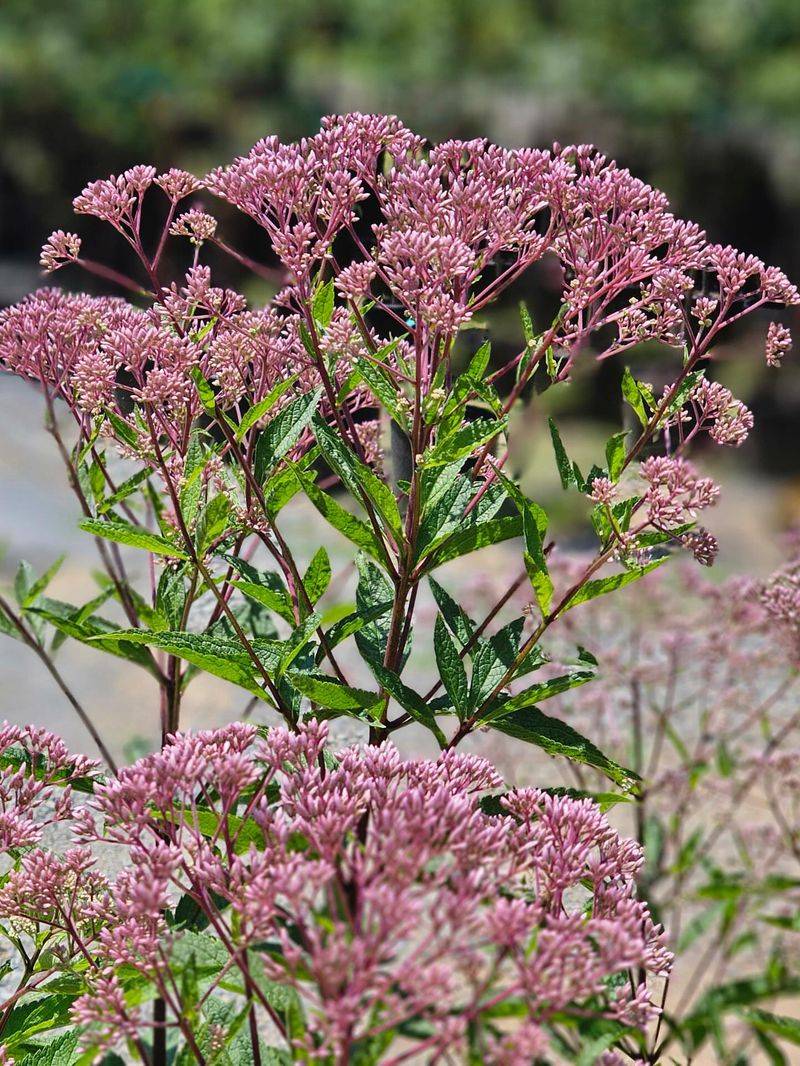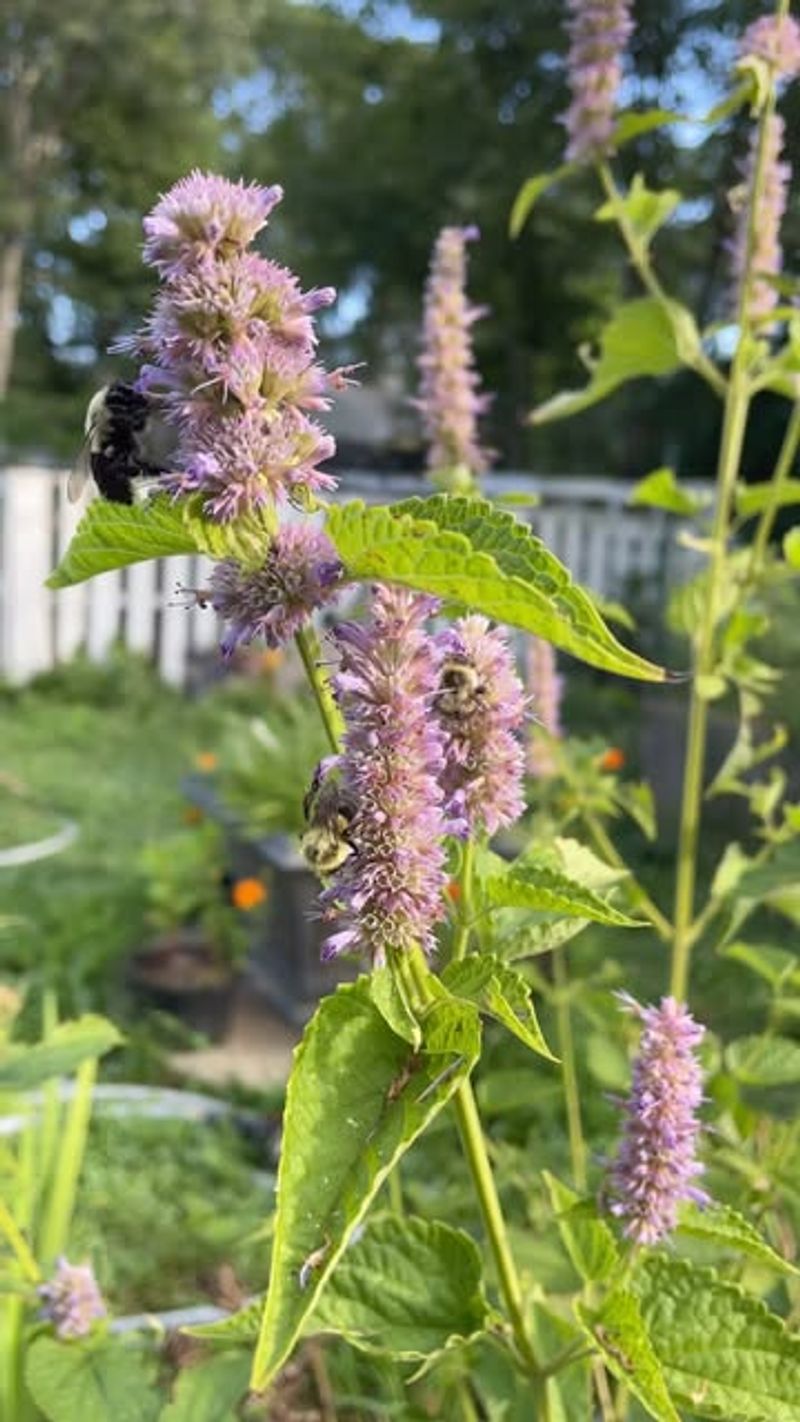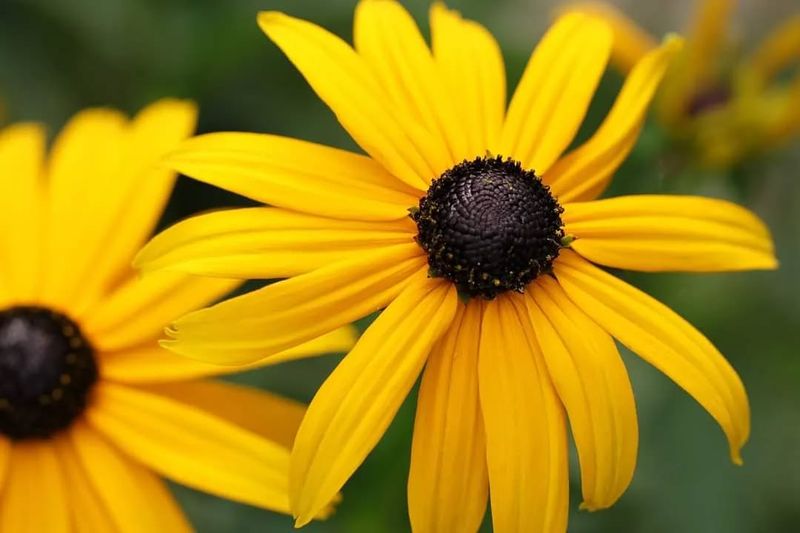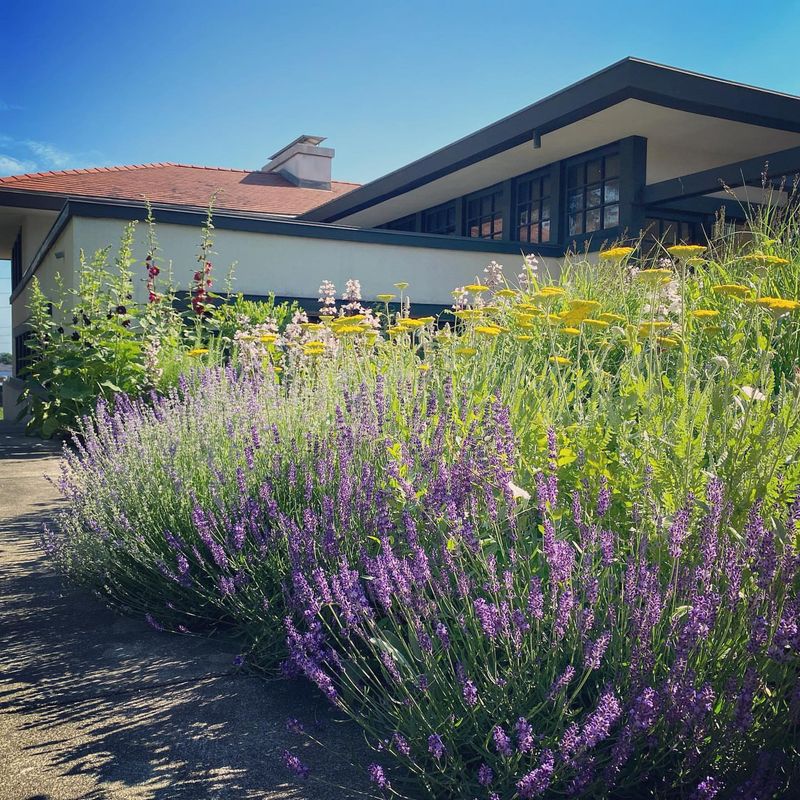If you want your Idaho garden buzzing with life, bold flowers are the way to go. I’ve planted a few eye-catching blooms and suddenly the bees, butterflies, and even hummingbirds showed up like it was a party.
These flowers don’t just look good—they’re pollinator magnets with serious flair. Plus, they can handle Idaho’s shifting weather without missing a beat.
Let’s take a peek at the blooms that bring all the pollinators to the yard!
1. Blanket Flower
Resembling a mini sunset in your garden, these drought-tolerant beauties thrive in Idaho’s varied climate. The distinctive red and yellow blooms create a fiesta of color from early summer until frost.
Idaho gardeners love how these tough natives handle poor soil with minimal fuss. Their daisy-like appearance attracts bees and butterflies while providing continuous blooms even during hot August days.
2. Bee Balm
Sporting wild-haired blooms in shades of red, pink, and purple, this mint family member creates quite the spectacle. Hummingbirds simply can’t resist the tubular flowers that appear in mid-summer throughout Idaho gardens.
The fragrant foliage gives off a pleasant citrusy scent when brushed against. Growing in sunny spots or partial shade, bee balm establishes quickly and returns reliably year after year in Idaho’s growing zones.
3. Butterfly Weed
Don’t let the name fool you – this isn’t a pesky invader but a monarch butterfly magnet! The clusters of vibrant orange flowers create stunning visual impact in any Idaho landscape from June through August.
Native to North America, butterfly weed handles Idaho’s hot summers and cold winters with remarkable resilience. The flat-topped flower clusters provide perfect landing pads for butterflies to rest while feeding on the sweet nectar.
4. Purple Coneflower
Standing tall with distinctive drooping petals and spiky centers, these native beauties bloom for months. The purple-pink flowers create a dramatic display against Idaho’s blue summer skies while goldfinches feast on the seedheads later.
Hardy enough for Idaho’s climate extremes, coneflowers return bigger each year with minimal care. Their long stems make excellent cut flowers, bringing both beauty and beneficial insects right to your doorstep.
5. Goldenrod
Often unfairly blamed for allergies, goldenrod actually provides crucial late-season nectar for Idaho’s pollinators. The bright yellow plumes light up gardens from August through October when many other flowers have faded away.
Idaho’s native bees rely heavily on this golden beauty for preparing for winter. Contrary to popular belief, goldenrod doesn’t cause hay fever – its pollen is too heavy to be windborne across the Gem State.
6. Penstemon
Featuring trumpet-shaped blooms in stunning blues, purples, and reds, these western natives steal the show. Idaho’s rocky soils and dry conditions create the perfect environment for these drought-tolerant perennials to thrive.
Hummingbirds zoom across Idaho gardens to visit these nectar-rich flowers. With over 250 species available, you’ll find varieties perfectly adapted to every corner of the state, from mountain gardens to desert landscapes.
7. Sunflower
Nothing says summer quite like these iconic yellow blooms tracking the sun across Idaho’s big sky. Beyond their cheerful appearance, sunflowers provide an abundance of pollen and later, nutritious seeds for birds and wildlife.
Idaho gardeners can choose from towering varieties reaching 12 feet or compact types perfect for containers. The large flower heads serve as landing pads for bees, while butterflies flock to them for the abundant nectar supply.
8. Blazing Star
Sending up tall purple spikes that bloom from top to bottom, these prairie natives create vertical drama. The fluffy flower stalks sway gracefully in Idaho’s summer breezes, attracting butterflies by the dozens to their sweet nectar.
Drought-tolerant once established, blazing stars handle Idaho’s varied climate with ease. The unusual blooming pattern, starting at the top and working downward, extends the flowering season and pollinator buffet for weeks.
9. Milkweed
As the only host plant for monarch butterfly caterpillars, milkweed plays a crucial ecological role. The ball-shaped flower clusters in pink, white, or orange provide essential habitat along Idaho’s monarch migration routes.
Idaho gardeners can choose from several native milkweed species adapted to local conditions. The sweet-scented flowers attract numerous pollinators while providing the perfect nursery for the next generation of these iconic orange and black butterflies.
10. Lupine
Sporting tall spires of pea-like flowers in blues, purples, and pinks, lupines create dramatic early season color. These Idaho natives thrive in mountain meadows and bring that wild beauty right into home gardens across the state.
Bumblebees particularly love lupine’s protein-rich pollen. The distinctive palmate leaves add interesting texture even when the plants aren’t blooming, making them valuable additions to Idaho’s pollinator gardens from spring through summer.
11. Aster
Providing crucial late-season nectar, asters burst into bloom just when Idaho’s pollinators need them most. The daisy-like flowers in purples, pinks, and whites create a starry display from August until the first hard frost.
Idaho’s native bees depend on these fall bloomers for winter preparation. The compact growth habit makes asters perfect for garden edges, where you can easily observe the parade of pollinators visiting these valuable late-season blooms.
12. Catmint
Clouds of lavender-blue flowers hover above aromatic gray-green foliage, creating months of color. This easy-care perennial starts blooming in late spring and continues well into fall across Idaho gardens with minimal attention.
Bees literally cover these plants on sunny Idaho afternoons. The slightly minty scent deters deer and rabbits while attracting beneficial insects, making catmint a problem-solver for many common garden challenges throughout the state.
13. Yarrow
Flat-topped flower clusters in white, yellow, or peachy-pink create landing pads for smaller pollinators. Native to Idaho’s prairies, yarrow handles poor soil, drought, and neglect while still producing abundant blooms from June through September.
Fernlike foliage adds texture and remains attractive all season in Idaho landscapes. The flowers dry beautifully for arrangements while continuously attracting tiny beneficial wasps and flies that help control garden pests naturally.
14. Joe-Pye Weed
Reaching impressive heights of 5-7 feet, these gentle giants create backdrops of mauve-pink flowers. The vanilla-scented blooms appear in late summer, drawing in butterflies and bees across Idaho gardens when many other plants have finished flowering.
Despite the misleading name, this native plant isn’t weedy in Idaho landscapes. Preferring moist spots, Joe-Pye weed thrives near streams or in rain gardens where it provides both beauty and important ecological services.
15. Hyssop
Sending up spikes of tubular flowers in blues, purples, and oranges, this mint relative buzzes with activity. Hummingbirds battle for territory around these nectar-rich blooms throughout Idaho’s warm summer months.
The licorice-scented foliage adds sensory appeal to Idaho gardens. Extremely drought-tolerant once established, hyssop handles the state’s hot, dry conditions with remarkable resilience while providing continuous blooms from June until September.
16. Black-eyed Susan
Golden yellow petals radiating around dark centers create the perfect cheerful summer display. These tough native wildflowers spread gradually to form impressive drifts throughout Idaho gardens, blooming from July through September.
Bees, butterflies, and even goldfinches flock to these easy-growing flowers. Handling Idaho’s varied growing conditions with ease, black-eyed Susans self-seed modestly to create naturalized areas requiring minimal maintenance.
17. Lavender
Silvery foliage topped with fragrant purple spikes creates both beauty and heavenly scent. Idaho’s dry climate and alkaline soils mimic lavender’s Mediterranean homeland, allowing it to thrive where many other plants struggle.
Bees become almost drunk on lavender’s sweet nectar on warm Idaho afternoons. The flowers can be harvested for culinary use, sachets, or dried arrangements while still providing abundant resources for native pollinators throughout the summer months.

